Laura P. Schaposnik
Correlations Between COVID-19 and Dengue
Jul 27, 2022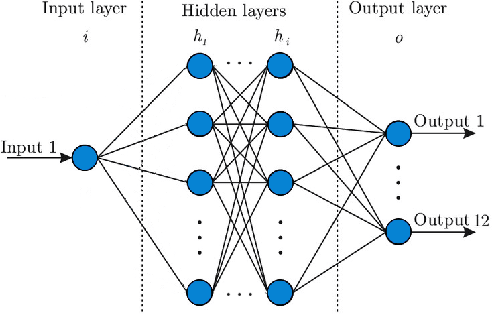
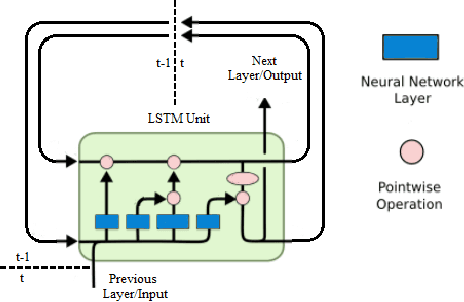

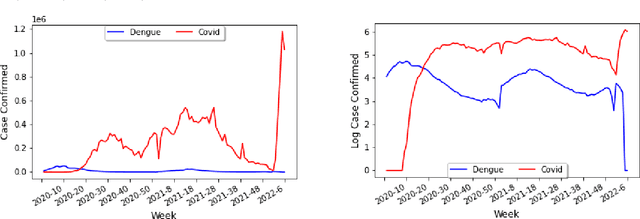
Abstract:A dramatic increase in the number of outbreaks of Dengue has recently been reported, and climate change is likely to extend the geographical spread of the disease. In this context, this paper shows how a neural network approach can incorporate Dengue and COVID-19 data as well as external factors (such as social behaviour or climate variables), to develop predictive models that could improve our knowledge and provide useful tools for health policy makers. Through the use of neural networks with different social and natural parameters, in this paper we define a Correlation Model through which we show that the number of cases of COVID-19 and Dengue have very similar trends. We then illustrate the relevance of our model by extending it to a Long short-term memory model (LSTM) that incorporates both diseases, and using this to estimate Dengue infections via COVID-19 data in countries that lack sufficient Dengue data.
The Power of Many: A Physarum Swarm Steiner Tree Algorithm
Oct 15, 2021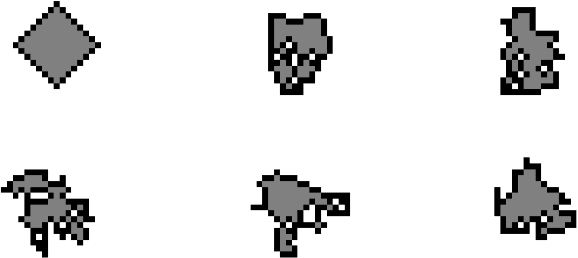
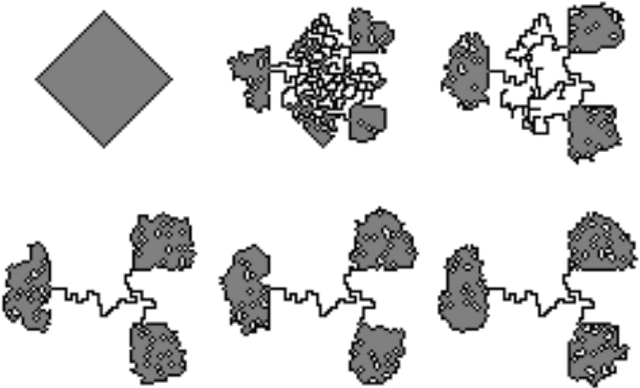
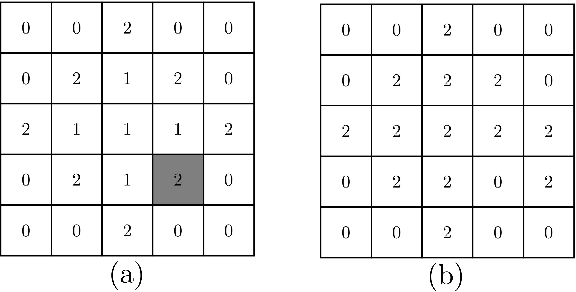
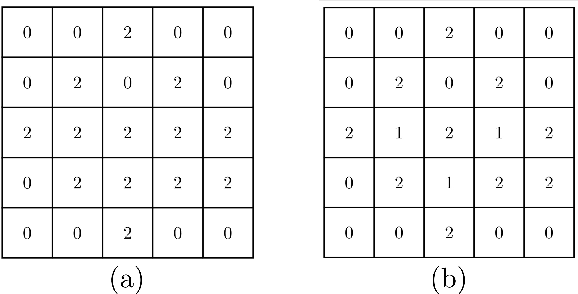
Abstract:We create a novel Physarum Steiner algorithm designed to solve the Euclidean Steiner tree problem. Physarum is a unicellular slime mold with the ability to form networks and fuse with other Physarum organisms. We use the simplicity and fusion of Physarum to create large swarms which independently operate to solve the Steiner problem. The Physarum Steiner tree algorithm then utilizes a swarm of Physarum organisms which gradually find terminals and fuse with each other, sharing intelligence. The algorithm is also highly capable of solving the obstacle avoidance Steiner tree problem and is a strong alternative to the current leading algorithm. The algorithm is of particular interest due to its novel approach, rectilinear properties, and ability to run on varying shapes and topological surfaces.
Extrapolating continuous color emotions through deep learning
Aug 05, 2020



Abstract:By means of an experimental dataset, we use deep learning to implement an RGB extrapolation of emotions associated to color, and do a mathematical study of the results obtained through this neural network. In particular, we see that males typically associate a given emotion with darker colors while females with brighter colors. A similar trend was observed with older people and associations to lighter colors. Moreover, through our classification matrix, we identify which colors have weak associations to emotions and which colors are typically confused with other colors.
* To appear in Physical Review R. (8 pages, 13 figures)
 Add to Chrome
Add to Chrome Add to Firefox
Add to Firefox Add to Edge
Add to Edge